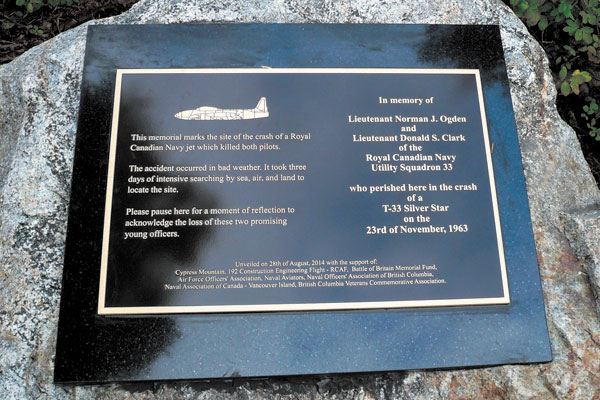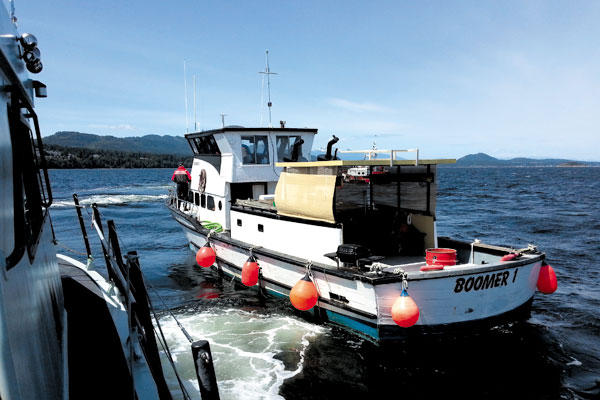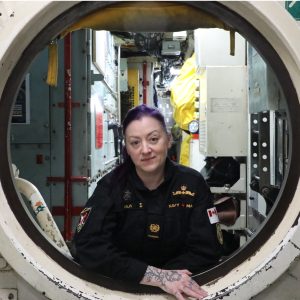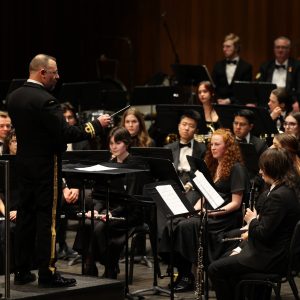Heroic Esquimalt Resident Honoured
[caption id="attachment_7740" align="alignnone" width="300"] PO1 Michael Mitchell (left) and Lt(N) Andrew James (right) stand with the family of Commander Rowland Bourke, a First World War hero, former Esquimalt resident, and recipient of the Victoria Cross. Commander Bourke was honoured with the unveiling of a historical display detailing his life, military service, and legacy.[/caption]Next time you’re in the Esquimalt Branch of the Greater Victoria Public Library, keep an eye out for a piece of local military history.A new display details the life and career of Commander Rowland Bourke, a First World War Royal Navy Volunteer Reserve Officer, one of four naval Victoria Cross recipients, and a resident of Esquimalt from 1932 until his death in 1958.Featuring images of Cdr Bourke, his former residence on 1253 Lyall Street, his medals, and his resting place in Royal Oak Burial Park, the display is a thorough and educational look at this local hero’s life.Born in London, England, in 1885, Commander Bourke immigrated to Canada in 1902. At the outbreak of the Great War, he volunteered for the Royal Canadian Navy, but was rejected due to his poor eyesight.Travelling at his own expense, the young Bourke made his way back to the United Kingdom and joined the Royal Navy Volunteer Reserve.“He was a pretty incredible figure. His dedication to service was inspirational, and gained him quite a deal of recognition later in his career,” says Greg Evans, an archivist for the Township of Esquimalt, and one of the people instrumental in the creation of the Cdr Bourke display. “For such an influential figure, not many people know he lived right here in Esquimalt.We wanted to do something to change that.”Bourke is noted for having received both the Distinguished Service Order (DSO) and the Victoria Cross.During operations in the Zeebrugge raid in Belgium, April 1918, Bourke piloted a small boat to HMS Brilliant, which was under heavy fire, leading the rescue of 38 officers and enlisted men. For this he was awarded the DSO.In May of...





























